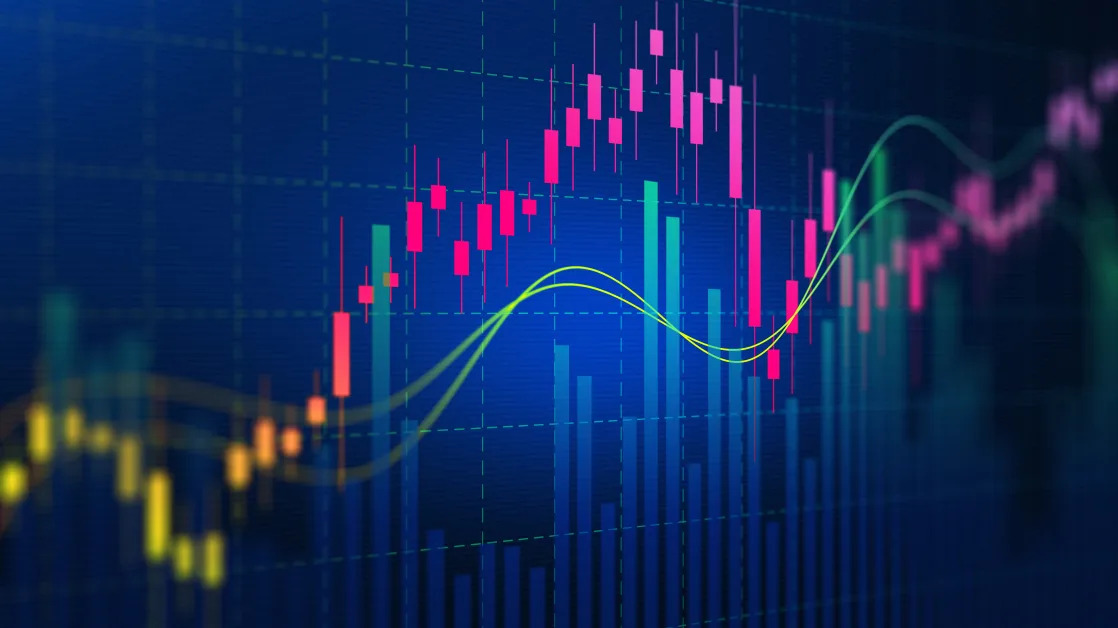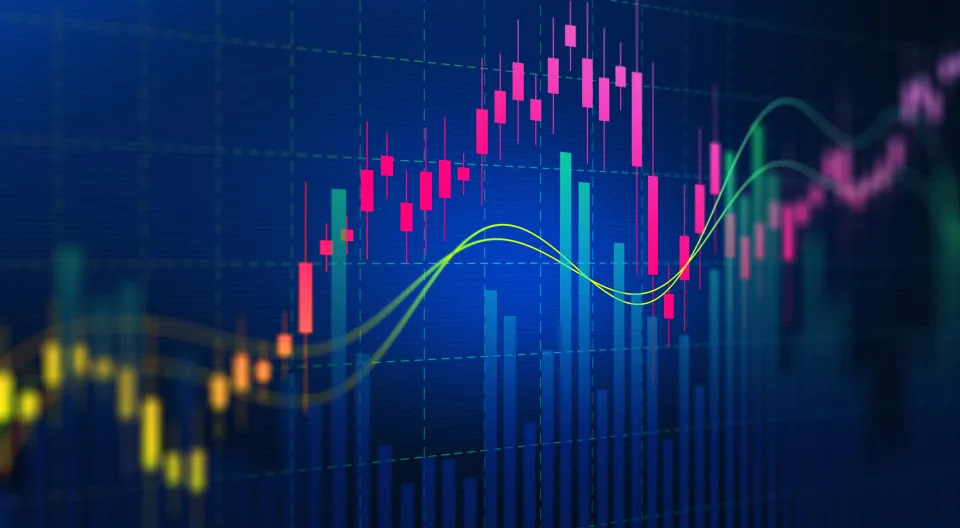Could Dogecoin Reach $1 in 2025?
- January 29, 2025
- Category:


Cryptocurrencies have soared since early November as investors anticipate that a newly elected Trump administration will be more friendly toward digital assets. Although it's still early, key personnel nominations and an executive order calling for regulatory action are promising signs.
Dogecoin (CRYPTO: DOGE) , the popular meme coin , has rocketed to its highest price since 2021. Investors might wonder whether this potential new era for cryptocurrencies can push Dogecoin to new heights.
Currently, at roughly $0.35 per coin, Dogecoin's price must almost triple to reach $1. This significant milestone number could signal legitimacy for a cryptocurrency that began as a joke . But how likely is it, and does Dogecoin offer a legitimate upside for investors?
Here is what you need to know.
Dogecoin's comeback is much further along than most people realize
Many investors see Dogecoin's price and assume a potential comeback is only just beginning because it isn't close to its former high. Dogecoin's price must double from here to hit new highs and is nearly a triple away from reaching $1 per token.
Yet, Dogecoin's comeback is already much further along than most realize. Some cryptocurrencies have a fixed supply, but Dogecoin doesn't. Approximately 14.4 million new tokens are mined and added to the supply daily. At its peak in 2021, Dogecoin's market cap reached roughly $73.8 billion, and it's back up to $52.7 billion today.
In other words, Dogecoin's price is about 50% off its high, while its market cap is down only 28%. That's how inflation works: If the supply of a cryptocurrency or fiat currency grows faster than demand, the value of each token or dollar decreases. Dogecoin will always have this flawed trait, continually pushing down its price.
A limited audience and increasing competition could limit demand for Dogecoin
Hypothetically, Dogecoin's price would increase if demand increased. However, several factors influence that, and they don't particularly favor Dogecoin.
First, meme coins like Dogecoin appeal to a limited audience. People have made money on Dogecoin and other meme coins. Still, they're highly volatile and risky, don't represent any underlying business or asset, and have little use in daily life. Buying meme coins is closer to gambling than investing, and that's OK as long as you recognize the risks involved and limit them to a tiny portion of a diversified portfolio. Many investors won't participate.
Second, there's increasing competition. While Dogecoin was among the first meme coins and is still the largest today by a considerable margin, newer meme coins have gained steam, including Shiba Inu ($11.8 billion market cap), Pepe ($6.4 billion), and Official Trump ($5.8 billion).

